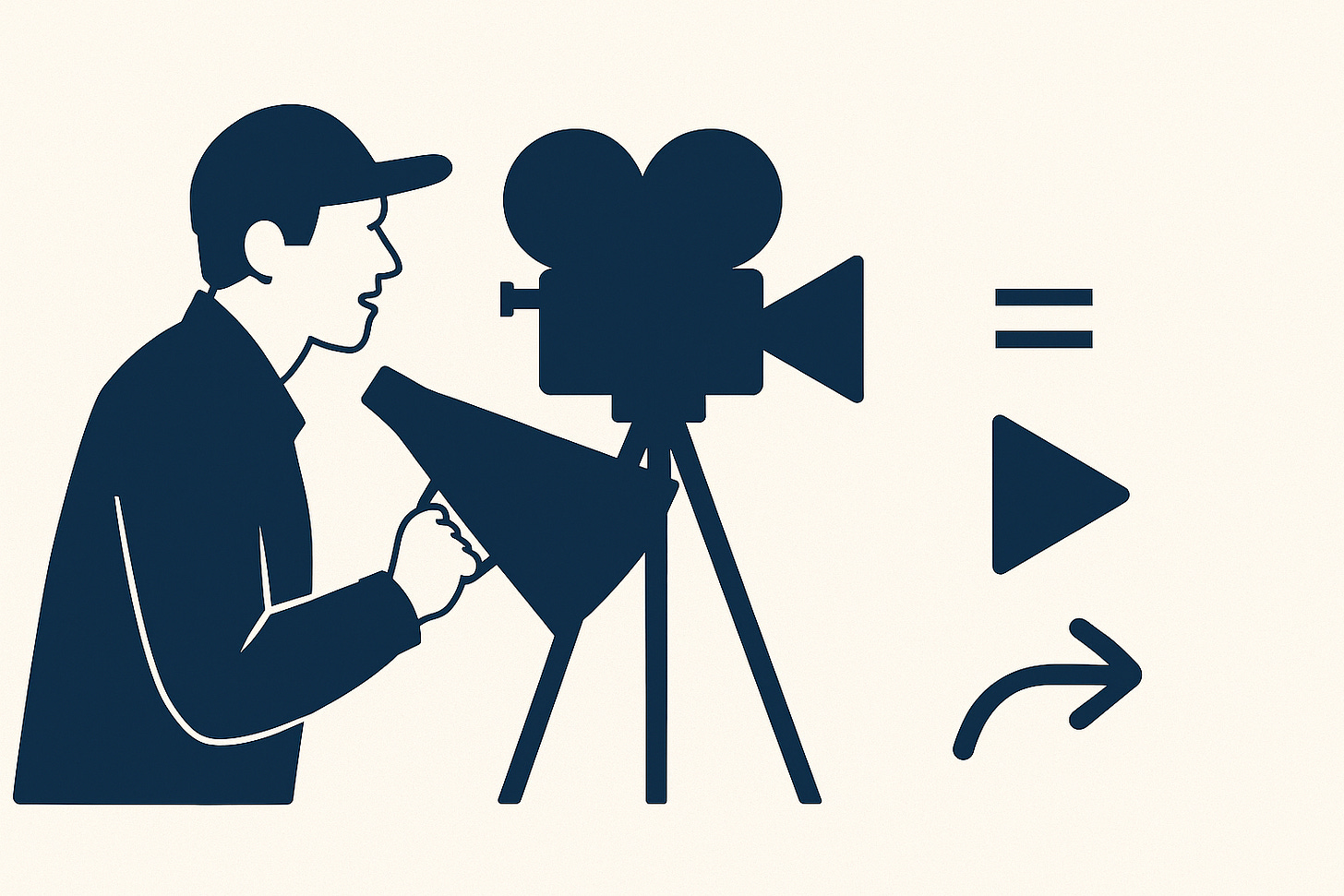How to Program an Event Like You’re Directing a Film
Flow, tone, pacing, and the invisible work that makes an event sing.
I’ve been planning events for most of my career, and life. Sometimes it’s a casual hotpot night at my place, the kind where everyone arrives late, the soup threatens to overflow, and somehow, it all works out in the end.
Other times, it’s a B2B summit with a Notion doc, twelve stakeholders, five opinions on title case, and one speaker who changes slides the night before.
Both require the same muscle: sequencing moments to shape an experience.
Recently, a friend asked me: “Hey, is this program manager work?”
She was referring to that fuzzy part of planning, where you already have the speaker lineup, but now you’re stitching things together into something cohesive. That invisible middle: between logistics and meaning.
And the truth is: yes. That’s program thinking. But it’s not what most people think it is.
So what is program thinking?
It’s not just scheduling and spreadsheeting. It’s the connective tissue between strategy and storytelling.
Program thinking is the art of coherence. It’s mapping intention to structure — across time, formats, speakers, and screens. It’s the quiet work that makes something feel whole.
And when you do it well?
No one sees it.
They just feel flow.
Why invisible work feels so slippery
From the outside, it looks like you’re:
Naming the event
Ordering the sessions
Writing the blurbs
Coordinating “stuff”
But what you’re really doing is:
Making bets on what themes will resonate
Aligning different teams without Frankenstein-ing the vision
Helping each speaker shine while serving a collective voice
Holding the emotional tone when the chaos sets in
You’re constantly toggling between high-level framing and “wait, did someone already claim that title?”
It’s part strategy, part editorial, part intuition.
It’s more like writing a book
When people ask me how to design a program, I usually say: treat it like storytelling.
Chapters = sessions
Each one should stand on its own and build toward something.Characters = your speakers
Let them be fully themselves — but guide them into the larger arc.Voice = your tone
Technical? Playful? Visionary? That tone shapes everything else.Pacing = order matters
A dense deep dive right after lunch? Maybe not. Start with clarity, close with conviction.
This isn’t a new idea. Joseph Campbell’s “Hero’s Journey” lays out a twelve-step arc that shows up in everything from Star Wars to startups. The protagonist (your attendee) moves from ordinary world → call to adventure → trials → transformation.
Program thinking is narrative design disguised as planning.
You're not just asking, “What is this session about?”
You're asking, “How does this move the story forward?”
What this really is
It’s creative work, yes. But also connective.
It’s the thread between content, people, and purpose. A kind of editorial PM-ing that borrows from product, brand, UX, but doesn’t quite belong to any of them.
It reminds me of “Value Proposition Design” (by Osterwalder et al), which encourages you to match your product’s benefits to what people truly care about. A good program does that too — except the product is an experience. And the customer journey? Literally the agenda.
Some days it feels like directing a film. Other days, like writing an op-ed with twelve co-authors.
The job? To make it all hang together.
A few takeaways (for anyone doing this kind of work):
Start with better questions
Before you open the spreadsheet, ask: What’s the throughline? What should someone feel by the end?Make a vibeboard
Even if it’s just keywords. Anchoring the emotional tone helps when everything else is in motion.Don’t rush the naming
Titles are like doorways. They shape how people enter the content. A good one earns trust.Flow > perfection
People won’t remember your agenda doc. They’ll remember the feeling in the “room.” Build for that.
Program thinking isn’t about control. It’s about rhythm.
And like any good story, if you get the pacing, tone, and arc right, people won’t notice the scaffolding.
They’ll just remember how it made them feel.


